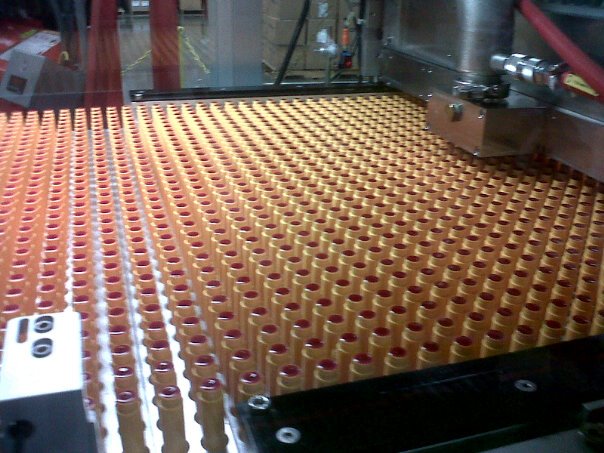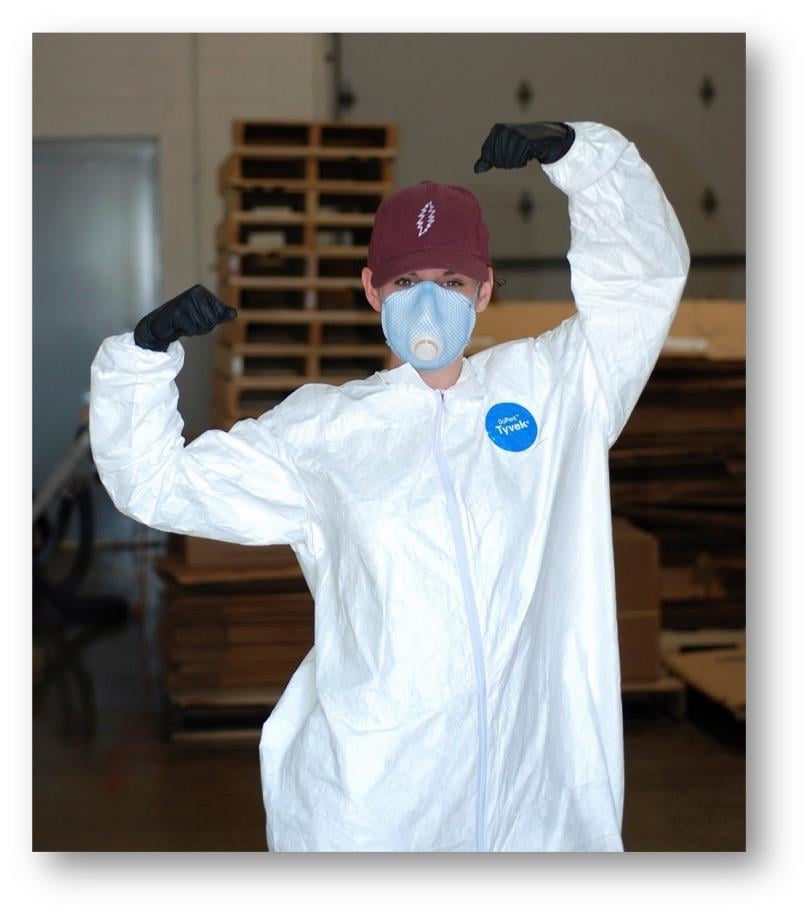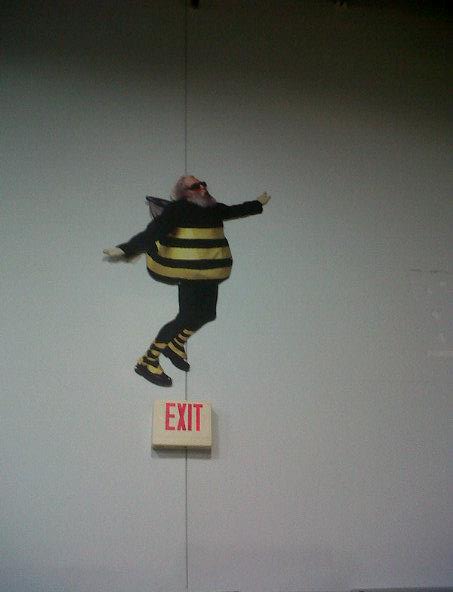Today we are going to pick up on the old’ integrating a sustainability management program at Dordan discussion. As those of you who follow my blog know, I have begun investigating how to implement a program for optimizing Dordan’s production efficiency—be it by working towards zero waste to landfill or reducing energy consumption—ever since the SPC’s call for “collective reporting” among its member companies. However, we all know you can’t manage what you can’t measure, which lead me to consider conducting an LCA of Dordan’s thermoforming process; this would allow us to compare our performance to the industry average, establishing a baseline off which progress can be gauged. That assumption directed me to the book “The Hitch Hiker’s Guide to LCA,” an insanely intimidating treatment about life cycle assessment methodology and application. I contacted my friend—a practitioner of LCA—inquiring into the value of performing a blank slate LCA (SimaPro, Gabi) for Dordan’s manufacturing process. Here it was articulated that one should only invest in such an analysis if one believes that their process is more “sustainable” than the industry average and needs to document it for business development goals. Obviously there are many benefits to performing a company-specific LCA from the internal management perspective, but in the context of bottom line performance, such an investment for a medium sized manufacturer like Dordan can only be warranted in the anticipation of transparent data that communicates optimized performance.
“Okkk…but how do I know if Dordan has optimized performance when compared with the industry average, thereby warranting a blank slate LCA,” I asked my friend?
“You perform an inventory analysis” he explained, “in which data is collected pertaining to some key performances metrics, like energy and water consumption as per monthly bills, and compare THAT to the average consumption for your specific industry. This simple assessment can be performed via an Excel spreadsheet and will quickly illustrate how your process compares to the average."
Cool, I thought to myself. I began the inventory analysis process, during which I was introduced to the Chicago Waste to Profit Network where I was offered a free trial of their transparent data-management tool, Cirrus; this platform allows participating companies to discover “by-product” synergies i.e. one man’s trash is another man’s treasure. By imputing data pertaining to materials going to landfill (and looking for a home) and needed materials, companies are granted insight into “the industrial food chain;” this facilitates the recovery and reuse of a lot of materials otherwise being landfilled.
Dordan announced the goal of zero waste to landfill some time ago, after which I performed a waste audit, segregating the “low hanging fruit” like corrugated for “recycling.” The problem was it cost more for Dordan to “recycle” the corrugated material than landfill it. This discovery quickly killed the mojo of the initiative, which I later revisited after attending The Green Manufacturer Network’s zero waste conference at Burts Bees. This is where I learned about the “milk man” concept; that is, if one company doesn’t generate enough of one type of material destined for landfill to warrant the cost of recycling, companies could collaborate, using one truck to pickup the material from each location, after which, the participating companies split the material rebates.
One more random story and then I will tie all these loose ends together.
Remember some time ago I published “How to Assess Sustainable Packaging: An Overview of the Tools and Resources Available”? This, as the name would imply, describes the differences between a blank slate LCA, a streamlined LCA tool, and a company specific LCA tool. Anyway, this Report, which derived most of its content from a presentation given at Sustainability in Packaging by Dr. Karli Verghese, caught the attention of a representative of EarthShift; this is a soon to be commercialized software, created by the people who brought us PackageSmart. Like PackageSmart, this is a simplified LCA tool that allows manufacturers, like ME, to quantify their environmental footprint without going through the meticulous implementation of a blank slate approach. SWEET. Problem is, its expensive.
Ok, so here I am, wanting to perform an environmental assessment of Dordan’s thermoforming process in order to implement an Environmental Management program (establish baseline off which progress can be measured). The best way to do the former is by conducting a blank-slate LCA, which I don’t know is warranted because I don’t know how Dordan’s production process compares to the industry average as I have yet to complete the suggested “inventory analysis”…and even if it were, I doubt Upper Management would be super thrilled about such a hefty investment. EarthShift is an awesome option, but again expensive, and it only pulls industry data while one builds out their process flow chart in order to provide a streamlined approach…this will provide no competitive angle to Dordan vs. its competitors' environmental performance; consequently, I would have a hard time “selling” Dordan Upper Management on the initial investment. We now have access to Cirrus, which shows us what materials are available at other facilities, but I don’t have upper management support to work cross-functionally i.e. production & purchasing. Today I input some of the materials Dordan is currently sending to landfill based on the waste audit but quickly discovered that again, our quantities don’t warrant the shipping necessary to cement the by-product synergy. AHHHH what is a Sustainability Coordinator supposed to do????
Solutions are just around the corner; stay tuned!




